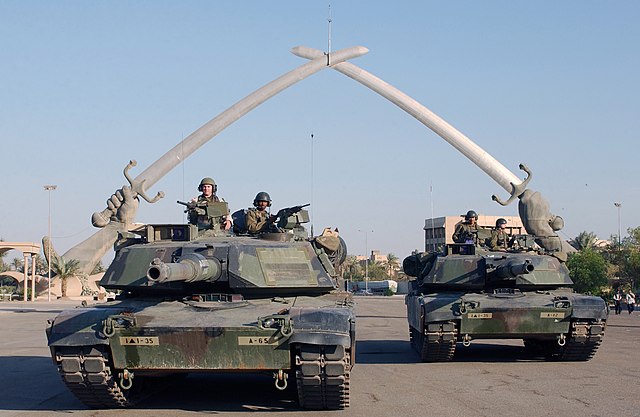German-occupied Europe refers to the sovereign countries of Europe which were wholly or partly militarily occupied and civil-occupied, including puppet governments, by the military forces and the government of Nazi Germany at various times between 1939 and 1945, during World War II, administered by the Nazi regime under the dictatorship of Adolf Hitler.
Head of the SS, Heinrich Himmler, inspects captured prisoners in German occupied Minsk, August 1941.
Military occupation, also called belligerent occupation or simply occupation, is the temporary control exerted by a ruling power's military apparatus over a sovereign territory that is outside of the legal boundaries of that ruling power's own sovereign territory. The controlled territory is then known as the occupied territory, with the ruling power being the occupant. Occupation is distinguished from annexation and colonialism on the basis that it is a power structure that the ruling power intends to keep in place only temporarily. In many cases, the occupant may establish a military government to facilitate the administration of the occupied territory, though this is not a necessary precondition for occupation to take place.
American tanks at the Victory Arch in the city of Baghdad during the occupation of Iraq, 2003
Indian troops of the 5th Royal Gurkha Rifles in the city of Kure during the Allied occupation of Japan, 1946
German troops at the Champs-Élysées in the city of Paris during the Prussian occupation of France, 1871
Lebanese protesters of the Cedar Revolution during the Syrian occupation of Lebanon, 2005





